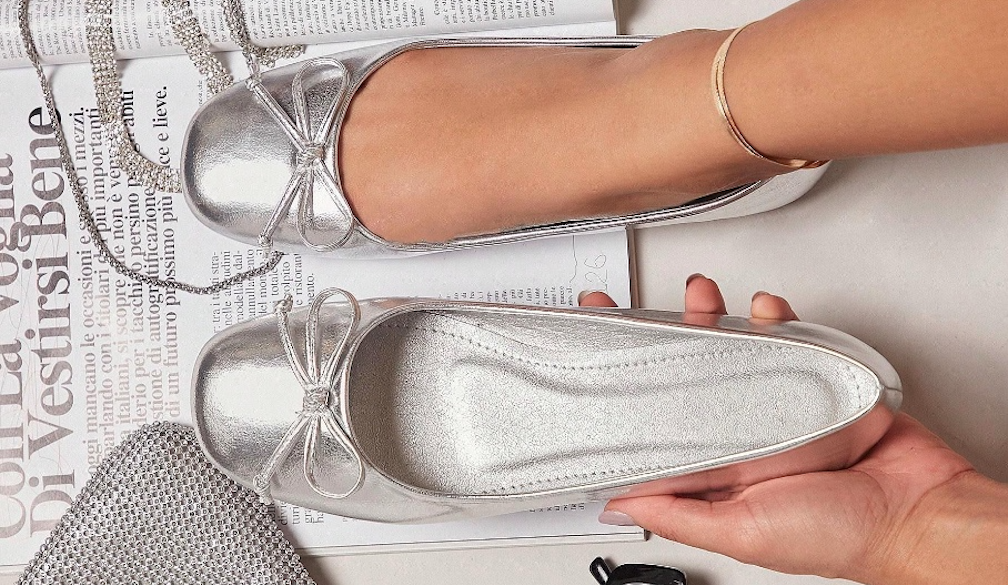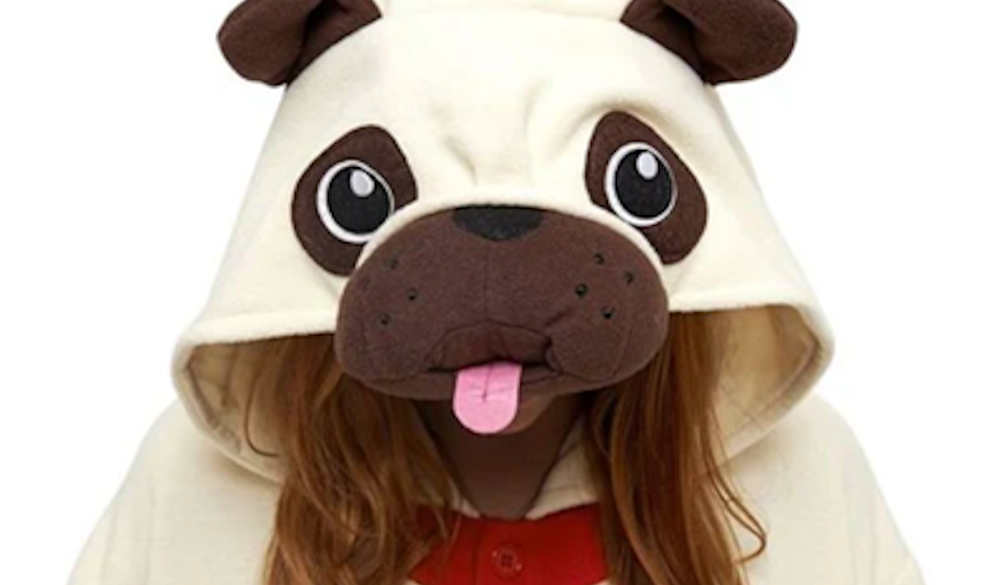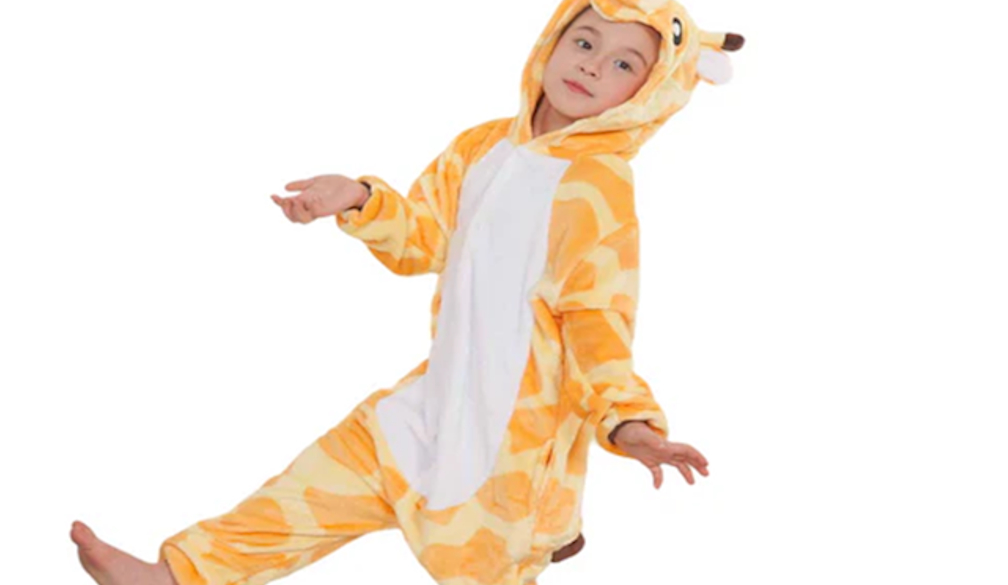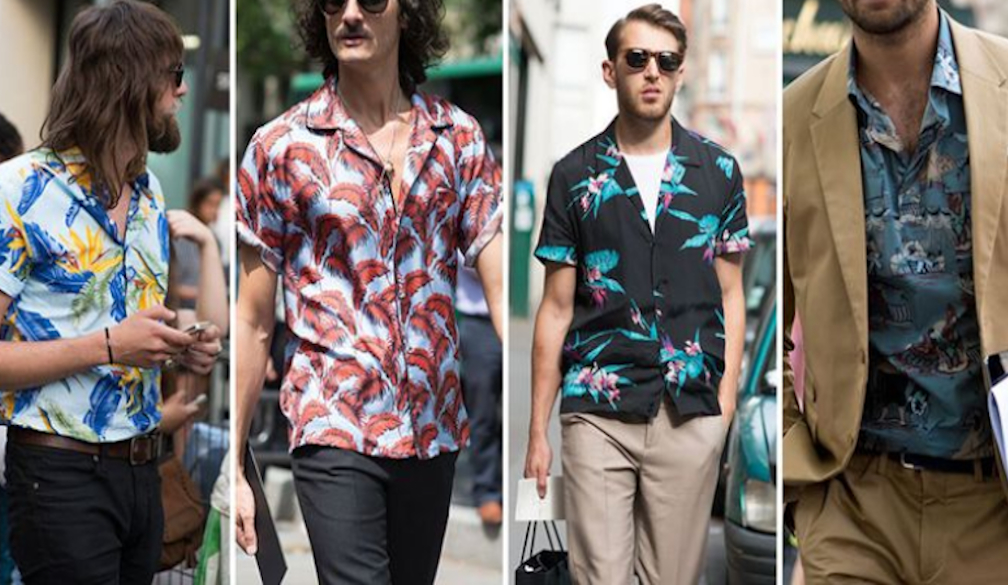Benefits of Buying Second Hand Vintage Clothes
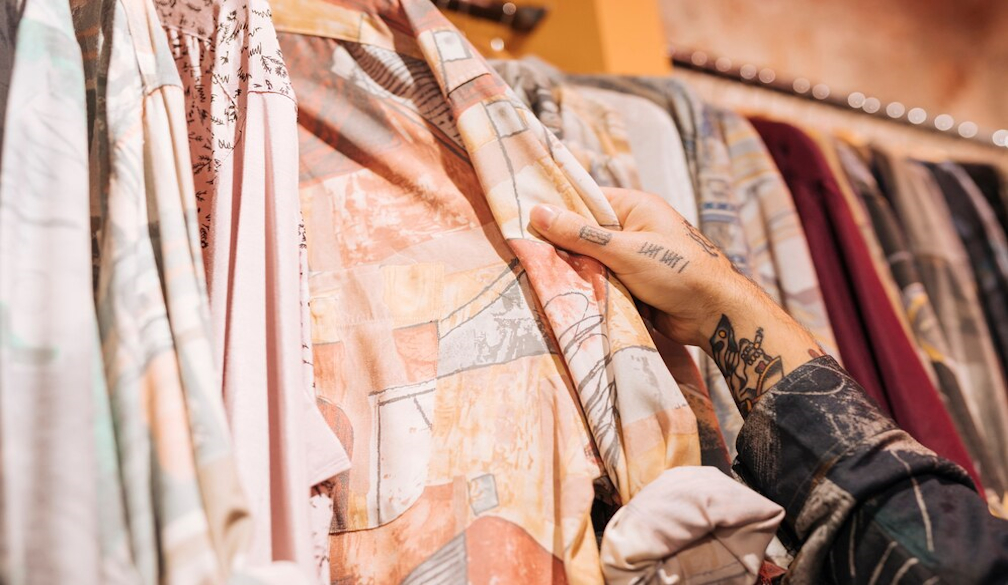
In an era where sustainability converges with style, investing in second-hand vintage clothes emerges as a discerning choice for the fashion-forward and environmentally conscious alike. This shift towards vintage fashion is not just a nostalgia trip but a smart, strategic move that balances economics, ethics, and environmental concerns. Understanding the multifaceted benefits of this choice can transform the way we perceive and purchase apparel.
The Economic Benefits of Buying Second-Hand Vintage Clothes
A. Cost-effectiveness
Investing in second-hand vintage clothes is a financially savvy option for consumers. Vintage garments often come at a fraction of the cost of their brand-new counterparts, providing access to luxury and designer labels without the steep price tag. This affordability allows fashion enthusiasts to diversify their wardrobes without draining their bank accounts, making high-end fashion accessible to a broader audience.
B. Value for money
Vintage clothing isn't just affordable; it often comes with a heritage of quality and uniqueness. Unlike mass-produced modern apparel, many vintage items were crafted to stand the test of time, both in terms of style and durability. This longevity ensures that buyers receive exceptional value for money, enjoying a piece of history that can remain chic and wearable for years, if not decades.
C. Potential for resale and investment
As vintage pieces are often unique or rare, they can hold or even increase in value over time, making them a potentially lucrative investment. Savvy collectors know that certain era-specific pieces can attract considerable interest in the resale market. Good Sammy Online Store offers a treasure trove of vintage finds, highlighting the potential for these garments to serve as both style statements and smart financial investments.
The Environmental Benefits of Buying Second-Hand Vintage Clothes
A. Reducing waste and landfills
The fashion industry is notoriously wasteful, contributing significantly to landfills with unsold and discarded clothing. By choosing second-hand vintage, consumers can play an active role in reducing this waste. Every vintage item purchased is one less piece of clothing heading for a landfill, supporting efforts to cut down the overwhelming clothing waste that plagues our planet.
B. Decreasing water and energy consumption
The production of new clothing involves substantial water and energy expenditure. The textile industry is one of the largest consumers of water, and the energy requirements for manufacturing and transporting new garments are equally hefty. Opting for vintage clothes circumvents the need for these resources in new garment production, significantly lowering the buyer's environmental footprint.
C. Reducing the carbon footprint
Purchasing second-hand clothing also reduces the carbon footprint associated with the production of new garments. From raw material extraction and processing to shipping and retail, each phase of the new clothing lifecycle emits carbon dioxide. By investing in vintage clothes, consumers indirectly cut down on these emissions, contributing to global efforts against climate change.
The Social Benefits of Buying Second-Hand Vintage Clothes
A. Supporting local businesses
Buying vintage often means dealing with local or small businesses, which adds a community-oriented dimension to consumer habits. These businesses, typically removed from the mainstream fashion industry, benefit from every purchase, helping sustain local economies and encouraging diverse, independent retail landscapes.
B. Promoting ethical fashion and sustainable production practices
The market for second-hand vintage clothes also encourages the fashion industry to adopt more ethical practices. By diverting consumer spending away from fast fashion to sustainable alternatives, it pressures manufacturers and brands to reconsider their production methods. This shift can lead to more responsible fashion practices industry-wide, promoting worker rights and environmentally-friendly production techniques.
C. Donations to charity shops
Many vintage garments find their way into charity shops, where purchases help fund charitable programs. Consumers not only acquire unique fashion pieces but also contribute to beneficial causes, supporting everything from local community projects to international aid efforts. This cycle of giving imbues the act of buying with a sense of social responsibility and community aid.
Conclusion
The choice to invest in second-hand vintage clothes is not merely a style preference but a multidimensional decision that offers substantial economic, environmental, and social benefits. From enjoying unique, timeless fashion at a fraction of the cost to contributing to less tangible global benefits like reduced environmental impact and supporting local economies, the advantages are profound. As consumers become more aware of the impacts of their choices, the appeal of vintage clothing is likely to grow, shaping a more sustainable and ethically conscious fashion industry.
By choosing vintage, we don’t just wear clothes; we make a statement about the world we want to live in.


